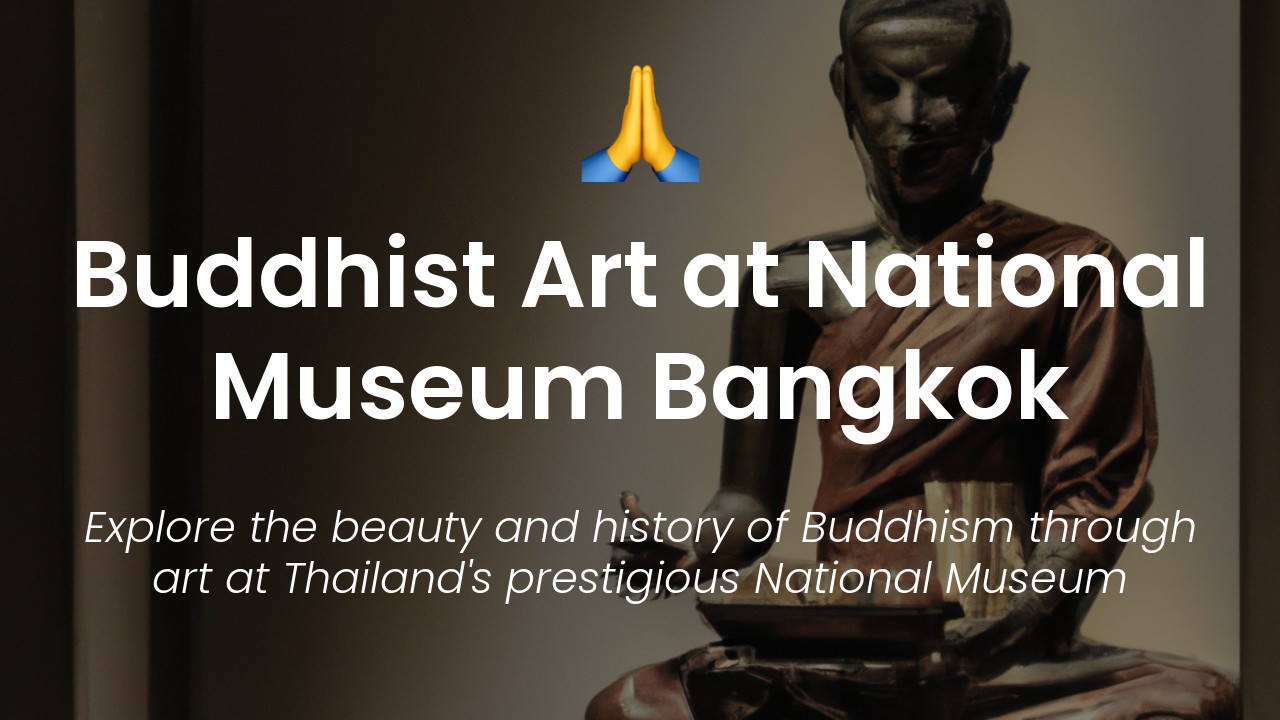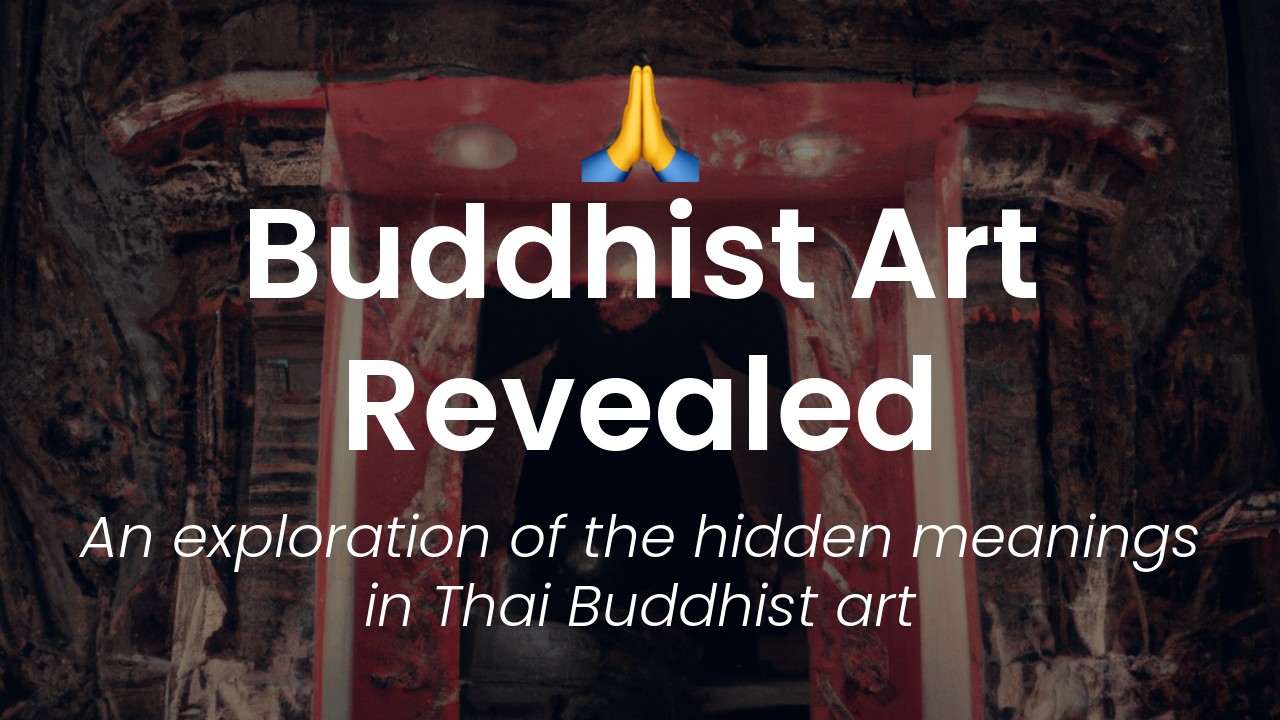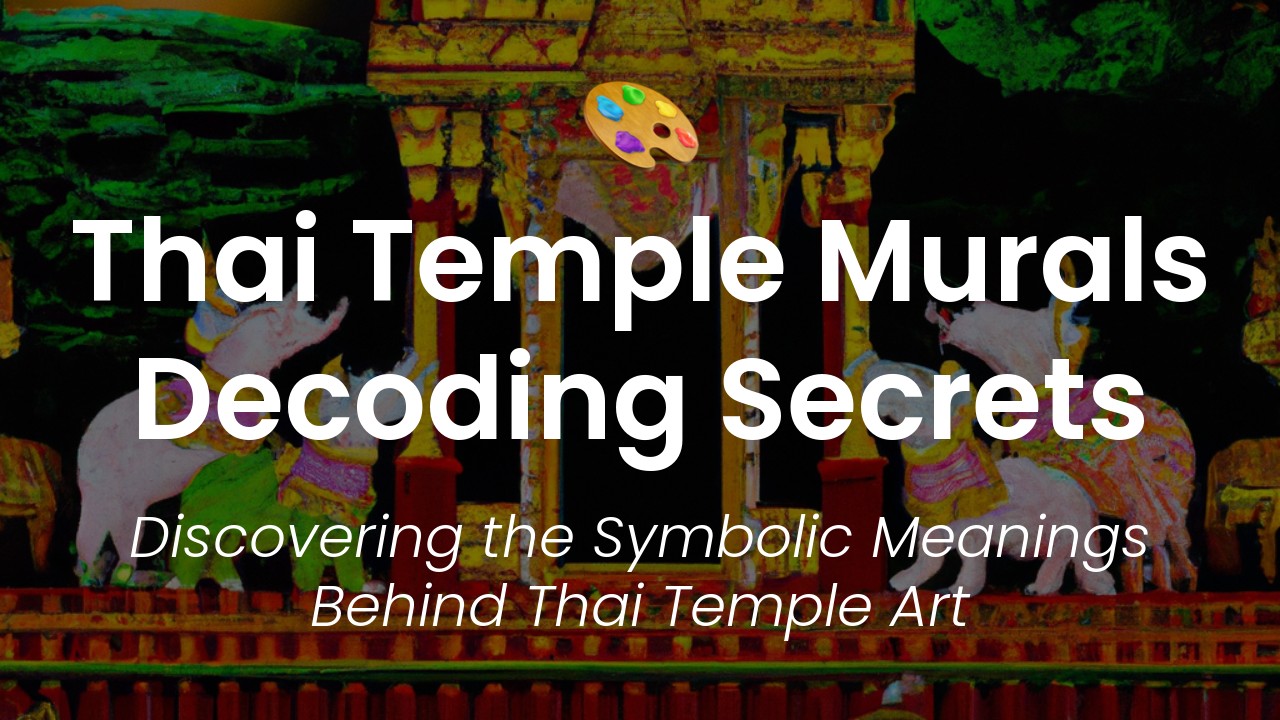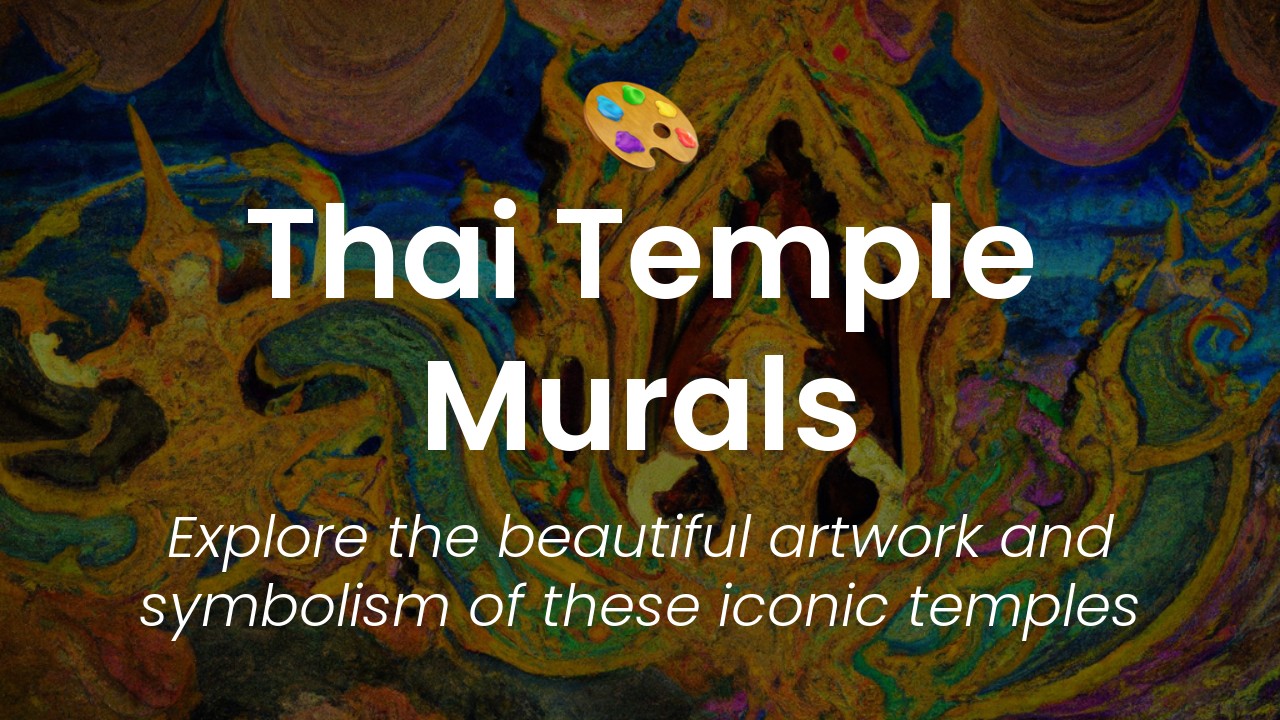Hi there, it's Sirinya, and today I want to share with you my recent visit to the National Museum Bangkok, one of the largest and most comprehensive museums in Thailand. The museum is home to a vast collection of fascinating exhibits, ranging from prehistoric artifacts to contemporary art pieces, all of which embody the rich cultural heritage of Thailand.
My primary focus for the visit was the museum's outstanding collection of Buddhist art, which showcases the exquisite craftsmanship of the Thai people over the centuries. From ancient stone carvings and bronze sculptures to intricately detailed murals and paintings, the Buddhist art on display in the museum is an absolute feast for the eyes and a true reflection of the country's deep-rooted spiritual beliefs.
As I walked through the galleries, I couldn't help but feel a sense of awe and reverence for the art and the stories behind them. Each piece had its own unique history, and I was delighted to learn more about the evolution of Buddhist art in Thailand. The museum's curators have done a fantastic job of presenting these works in a way that draws you into their world and conveys the beauty and meaning behind them.
So, if you're a lover of art or culture, I highly recommend taking a trip to the National Museum Bangkok to discover the wonders of Buddhist art for yourself. In this article, I'll take you through some of my favorite exhibits and give you a glimpse of the treasures that await you at this cultural gem. Let's dive in!
Origins of Buddhist Art in Thailand
Before we delve into the significance of Buddhist art in Thailand, let's first understand its origins. Buddhism was introduced into Thailand during the 3rd century BCE by Indian traders. The first Buddhist art forms in Thailand were influenced by Indian and Sri Lankan art styles.
Over time, this art form evolved to reflect the unique Thai style and culture. One of the most prominent styles is the Sukhothai style which originated in the 13th century and is characterized by its simplicity and graceful demeanor.
Today, Buddhist art is an integral part of Thai culture and continues to be celebrated and appreciated.
Overview of National Museum Bangkok
When it comes to discovering the history and culture of Thailand, the National Museum Bangkok is a must-visit. This museum, established in 1874, is the largest in Southeast Asia and houses an impressive collection of Thai art and artifacts that span centuries.
Apart from Buddhist art, the museum also exhibits collections representing various periods in Thai history, including the Sukhothai, Ayutthaya, and Rattanakosin periods.
Collection Highlights: Buddha Images & Murals
The Buddhist Art collection at the National Museum Bangkok is truly awe-inspiring. Visitors can expect to see a vast array of Buddha images, each with its unique pose, gesture, and expression.
Some of the most notable Buddha images in the collection include the Walking Buddha, the Reclining Buddha, and the Standing Buddha. Each of these images tells a story and imparts a different wisdom.
Apart from Buddha images, visitors can also view beautiful murals that decorate the walls and ceilings of the museum. These murals are an excellent representation of the influence of Buddhist art on everyday life in Thailand.
Exhibition Spaces at National Museum Bangkok
The National Museum Bangkok has a total of 18 exhibition spaces, each covering various periods in Thai history and culture.
The Buddhist Art collection is located on the second floor and comprises four exhibition spaces. These spaces showcase the evolution of Buddhist art in Thailand and include displays of Buddha images, murals, and other religious artefacts.
Visitors can also explore the Royal Thai Decorations and Coins exhibition, which showcases a stunning collection of silverware, ceramics, and furniture used in the Royal Court. The Fine Arts exhibition, which is spread over three floors, is another must-visit. It houses a vast collection of visual arts, including paintings, sculpture, and handicrafts.
The National Museum Bangkok also has a collection of prehistoric artefacts and imagery, which offer a glimpse into Thailand's earliest history.
Best Time to Visit & Admission Fees
The National Museum Bangkok is open from Wednesday to Sunday, from 9:00 am to 4:00 pm. It is closed on Mondays and Tuesdays and on national holidays.
Admission fees are just 200 baht (approx. $6 USD) per person. This fee includes access to all the exhibition spaces and guided tours.
The best time to visit is during the cooler months, between November and February, as Bangkok can get quite hot and humid during the summer months.
Importance of Experience in Understanding Buddhist Art
A visit to the National Museum Bangkok to discover Buddhist art is a truly immersive experience. It's one thing to read about the development and evolution of Buddhist art in Thailand, but it's quite another to see it up close and personal.
This kind of experience provides a deeper understanding and appreciation of Thai culture and its history. It is not only an educational experience but a spiritual one as well.
In conclusion, if you are looking to discover the essence of Thai culture and history, there is no better place to start than the National Museum Bangkok. Its extensive collection of Buddhist art is an absolute delight for art and history enthusiasts, and offers a truly immersive experience that is hard to replicate elsewhere.





